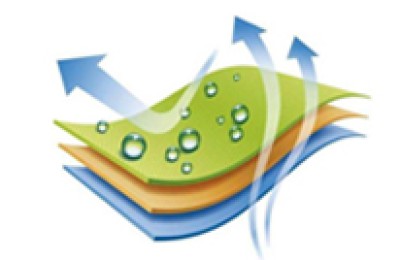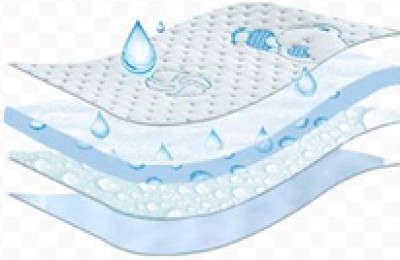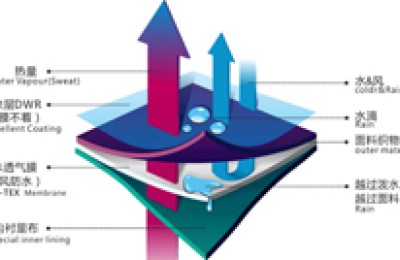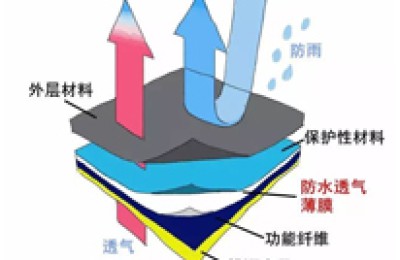In recent years, more and more Chinese garment companies have entered the ASEAN market. Industry experts said that business opportunities between China and ASEAN in the apparel field are gradually increasing, and strengthening cooperation will help promote the joint “upgrading” of both parties in this industry.
Xu Ningning, China’s chief ASEAN business expert and executive deputy secretary-general of the China-ASEAN Business Council, said that the establishment of the China-ASEAN Free Trade Area has provided convenience for enterprises from both sides to carry out economic and trade cooperation, and ASEAN has become a key area for Chinese garment enterprises to “go global”. .
On the one hand, ASEAN countries have abundant labor and there is no difficulty in recruiting workers, and labor costs in some ASEAN countries are lower than in China; on the other hand, the export of textile and apparel products from Vietnam, Laos, Cambodia and other ASEAN countries to countries and regions such as Europe and the United States has few restrictions. , which is the main factor for Chinese garment companies to invest in ASEAN. He said that in the special economic zone built by Hongdou Group, a Chinese clothing company, in Sihanoukville Port, Cambodia, light textile clothing is the main industry, and some Chinese clothing companies have set up factories here.
Clothing is the main industrial product and export product of ASEAN countries. In recent years, ASEAN has imported an increasing number of raw materials, auxiliary materials, textile and clothing machinery, etc. for clothing production from China. China’s textile and clothing exports to ASEAN reached US$26.6 billion in 2012, an increase of 34.2%. ASEAN has become the fastest growing region for China’s textile and clothing exports. The main export products have changed from fabrics to clothing, accounting for 40.7% of exports; fabrics account for 40.7%. 39%; finished products accounted for 14.1%; yarn accounted for 6.2%.
It is understood that in July this year, my country’s exports to ASEAN achieved rapid growth. Exports increased by 42% that month, of which fabric exports increased by 53% and clothing exports increased by 54%. From January to July, my country’s exports to ASEAN increased by 43.8%, of which fabrics increased by 31.5% and clothing increased by 76.2%.
The China-ASEAN Free Trade Area provides convenience for garment enterprises from both sides to carry out mutually beneficial cooperation. Xu Ningning suggested that industry associations on both sides should strengthen exchanges and cooperation, strengthen mutual information and technology exchanges, and organize mutual visits and exhibitions between enterprises.
Xu Ningning said that China holds many professional exhibitions in the textile and apparel industry every year, and apparel companies from ASEAN countries are welcome to actively participate. Strengthening cooperation in the garment industry between China and ASEAN is an effective way to make good use of the preferential policies of the free trade zone to promote the upgrading of the domestic garment industry and achieve mutual benefit and win-win results in the region.
China-ASEAN garment industry cooperation promotes mutual upgrading
In recent years, more and more Chinese garment companies have entered the ASEAN market. Industry experts said that business opportunities between China and ASEAN in the apparel field are gradually increasing, a…
This article is from the Internet, does not represent Composite Fabric,bonded Fabric,Lamination Fabric position, reproduced please specify the source.https://www.yjtextile.com/archives/16460






